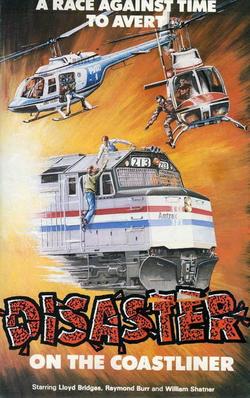 When Sheriff Cal (House Peters, Jr.) both fails to prevent the lynching of the son of Juan Avila (Peter Mamakos) and also manages to shoot off Avila’s hand, Avila swears vengeance. After serving a prison sentence for horse theft, Avila returns to Cal’s hometown. Avila and his two remaining sons enter the local saloon and take everyone hostage. They announce that, until Cal comes down to the saloon, they’re going to kill one person every ten minutes.
When Sheriff Cal (House Peters, Jr.) both fails to prevent the lynching of the son of Juan Avila (Peter Mamakos) and also manages to shoot off Avila’s hand, Avila swears vengeance. After serving a prison sentence for horse theft, Avila returns to Cal’s hometown. Avila and his two remaining sons enter the local saloon and take everyone hostage. They announce that, until Cal comes down to the saloon, they’re going to kill one person every ten minutes.
Cal, who is still haunted by the death of Avila’s son, knows that if he goes to the saloon, he’ll be killed and then there won’t be anyone left to keep Avila from killing everyone in town. Determined to try to wait Avila out, Cal stays in his office. Avila, however, keeps his promise and starts to kill the people in the saloon one-by-one. With everyone in town hiding behind closed doors, Cal’s son, Johnny (Gary Gray), heads down to the saloon to try to take care of things himself.
This low-budget, independent western was made in 1959 but it wasn’t released until 1962. It was the directorial debut of Richard C. Sarafian, who would go on to direct the cult classic Vanishing Point in 1971. It’s an attempt to create a thinking man’s western, with Sheriff Cal constantly regretting that Avila was turned into an outlaw by circumstances out ofAvila’s control. Most of the towns people are portrayed as being just as bad, and in some cases even worse, than Avila. The first man to die in the saloon, for instance, is a roughneck who angrily objects to a Mexican being allowed to drink indoors. Though the film’s heroes may be Cal and Johnny, its sympathies are with Juan Avila.
Unfortunately, the message of Terror At Black Falls is often obscured by preachy dialogue and amateurish performances. Peter Mamakos, especially, overacts to the extent that it’s hard to take him or his character seriously. Even though it’s barely an hour long, the film is full of slow spots and it’s never a good sign when you need voice-over narration to explain to the audience how they’re supposed to feel about what they’re watching. The story has potential and Sarafian later developed into a good director but Terror at Black Falls never really comes together.


